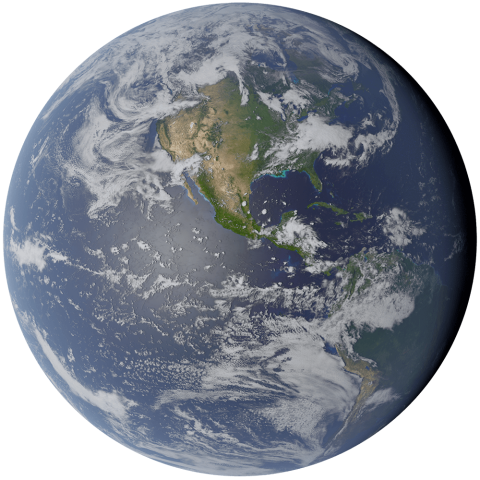About the Instrument
Instrument Type
Particle
The APL-built Energetic Ion Spectrometers, or EIS, ride on each of the four identical spacecraft that make up NASA’s Magnetospheric Multiscale (MMS) mission. Continuing the legacy of APL-built instruments for the Juno, New Horizons, and Van Allen Probes missions, EIS’ primary objective is to measure the composition and abundance of energetic charged particles during and associated with a phenomenon called magnetic reconnection.
Magnetic reconnection is a universal process in space plasmas in which a planet’s magnetic field lines on the daytime side are forced apart by the Sun’s solar wind and then “reconnected” on the planet’s nighttime side. This process can be explosive, heating and accelerating charged particles that are tied to the magnetic fields. At Earth, magnetic reconnection between the Sun’s magnetic field and Earth’s magnetic field drives Earth’s magnetosphere and much of the space weather we experience, such as the aurora. EIS detects the ions and electrons energized by magnetic reconnection in Earth’s magnetosphere to understand fundamentally how energy is exchanged in the near-Earth space environment and which charged particles are most affected by these intense processes.

